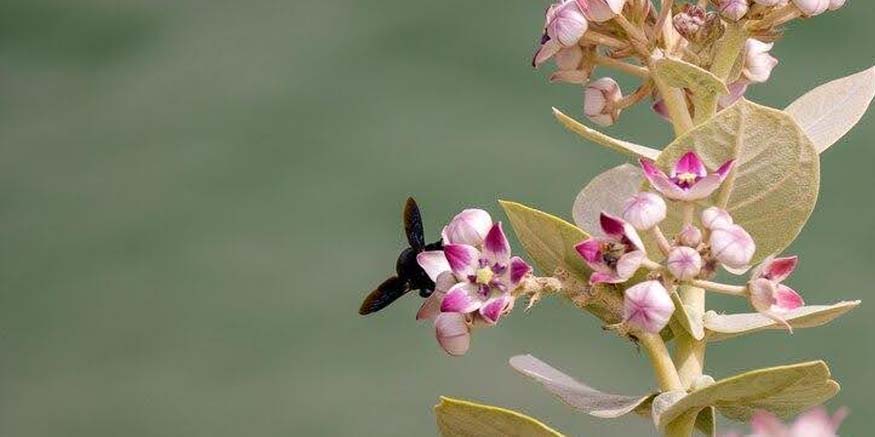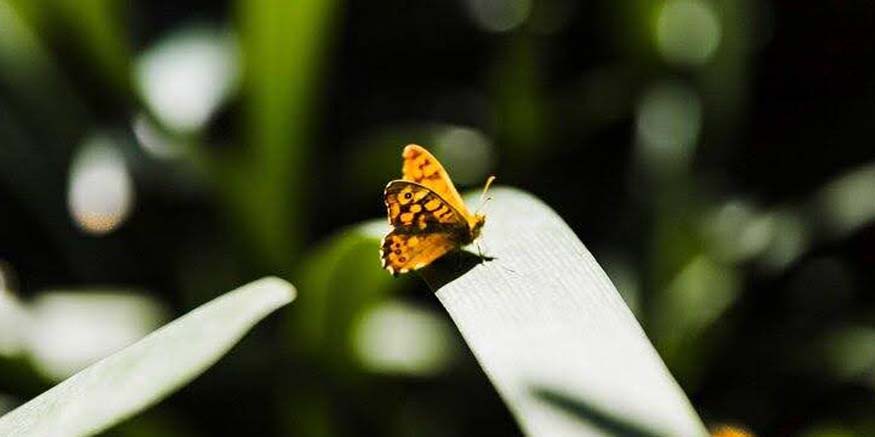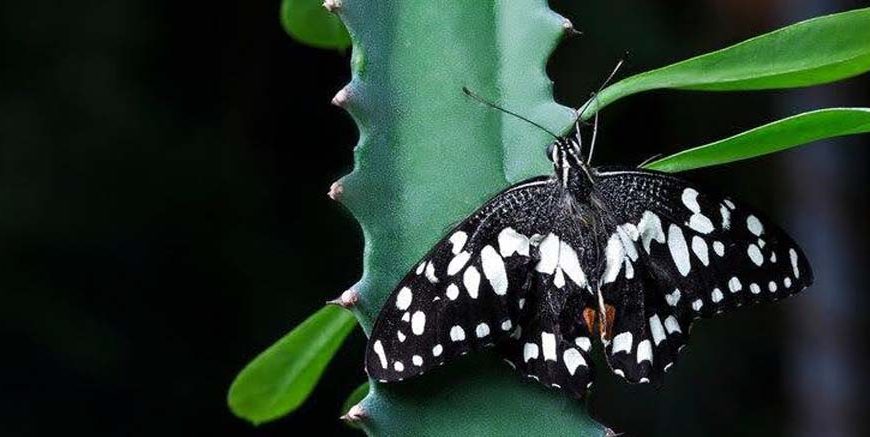Top Monsoon Favourites for Butterflies In the monsoon season there is a revival of the plant colours and a rich green scenery with a diversified flowering for butterflies to be settlers. Some of these lovely visitors include the delightful butterflies that embellish any outside environment with their magical presence.
Table of Content:
But if one is a gardening lover or if a person loves to beautify and beautify nature, then it is befitting that such creatures should be encouraged to take a brief rest and pay a visit to the garden. Therefore, this is perhaps the best time to do this, more so when plants are blooming due to the rainy season and butterflies are commonly seen. Butterflies can not only add colours to our sight but also are helpful in pollination, With this butterfly considered being an effective pollinator. Since each of these plants is unique, it becomes easy to make the right changes which will foster the friendly weather of the monsoon season for the sensitively growing plants to adapt easily. Listed below are some of the most recommended plants for butterflies that bloom when most rainy months are present:

- Zinnia (Zinnia elegans):
- Marigold (Tagetes spp. ) :
- Lantana (Lantana camara) :
Our flowers of the zinnias which bloom are lovely and conspicuous and flowers that come with colour ranges of red, orange, yellow and pink and this makes the flowers to have butterflies. These are also known as perennial annuals which produce nectar all through the monsoon seasons without much strain.
Another passion that butterflies are drawn to is marigolds due to their intense aroma, as well as their bright yellow, orange, and red flowers. These florae require little attention and are ideal for creating the much needed floral display while enabling butterfly species to be attracted into the garden.
Well acclaimed for their small, densely packed and vivid flowers and their tendency to bloom copiously during the rainy season, Lantanas are absolute delights for the butterfly lovers. Sweet means that they produce nectar and added to the fact that it flowers the plants for a longer time, it would be a perfect plant to be used in a butterfly garden.
Butterfly Plants For Garden:
While there are measures that can be taken to attract butterflies, it is even more inimical to design a butterfly garden from the start. To ensure that they find what the need when they get to your compound, select plants that suit their feeding, resting, and egg-laying patterns. Here are some excellent butterfly plants to consider for your garden:
- Buddleja (Buddleja davidii):
- Pentas (Pentas lanceolata):
- Porter weed (Stachytarpheta spp.):
- Cosmos (Cosmos spp.):
Watched by Butterfly This shrub has a delightful ability to attract the most varied butterflies. Its morphology, characterized by long, cone-like inflorescences of different tones of purple, pink, and white essential to these flying creatures.
Pentas produce clusters of flowers in a star shape in red lhingrJ, pink, and white and are ideal to grow in any butterfly garden. Bottlebrush is a low growing evergreen shrub native to Australia that has vibrant red flowers during the monsoon season which presents a consistent food source for the butterflies.
It consists of large, soft textured, dark green leaves and panicles of small, brightly hued flowers in the form of spikes and attracts butterflies. Due to their capacity to endure dry periods and parts of them pre-adapted for full to partial shade, monsoon gardens will do well with them.
Since it blooms with bright colors and has a similar shape to daisies which are the favourite of the butterflies. Silty loamy soils with moderate fertility are preferred; however, the plants grow well in a wide range of soil types during the monsoon season, and are suitable for cutting.
Plants To Attract Butterflies:

Must be established plants that bear flowers that produce nectar and other plants where the butterflies can lay eggs and feed on to aid in the reproduction and influx of the butterflies to the garden respectively. This means that they have to provide the kind of vegetation that caterpillars will be able to feed on and grow upto butterflies; they also have to provide a diverse vegetation on which adult butterflies can feed on nectar. Below, some plants that are popular attracts for many butterfly species are highlighted:
- Milkweed (Asclepias spp.):
- Dill (Anethum graveolens):
- Passion flower (Passiflora spp.):
Monarch butterflies in general do not have any other host… But if the monarch butterfly is to live then the milkweed plants are the only ones that feed their young, referred to as caterpillars. Other rather popular milkweed species include the common milkweed, Asclepias syriaca; or butterfly weed , Asclepias tuberosa Some of the plants you can grow in your garden include in order to support the dwindling monarchs.
Although dill is cultivated for use as an herb, it is also well-suited for use as a primary food source for the black swallowtail butterfly. Its feathery foliage is ideal for the development of the caterpillars as they go through their feeders.
Passion flowers with their vibrant flowers and enticing foliage look as beautiful as they are beneficial for the butterfly species that have their caterpillars feed on them, such as the gulf fritillary butterfly or the zebra long wing.
Butterfly Attracting Plants:
Besides creating suitable habitats for caterpillars to be fed by specific host plants, another core aspect should be the availability of tender plants that are rich in nectar to feed the adult butterflies. To ensure that there is a constant supply of flowers for the monarch feeding rate within monsoon periods, incorporate more flower shapes, colors, and blooming intervals.
Some important principles include growing a variety of plants so that a diverse range of butterflies can feed from the flowers and laying eggs on the leaves; and ensuring that several butterfly plants are planted to support a colony of butterflies for a long time. It may be beneficial to plant flowers that bloom at specific times of the year like violets and lilacs which bloom early in the spring, zinnias and sunflowers which can be expected to bloom in the summer and asters and chrysanthemums that can be planted and bloom in the last seasons of the year.
By incorporating all the above plants into your Compound you are certain of being surrounded by beauties of plant and butterfly kind during the monsoon season and at other parts of the year as well. Please know that offering lots of nectar sources, host plants, and shelters is essential for all life stages of these slim insects. When you plan to start creating your own butterfly garden, you must ensure that you look at it from a closer view and marvel at the beauty and wonders of the winged guests. So sit back in your own gardens, porch, lawn, or balcony and watch as they dance from blossom to blossom, enjoying honey and their enchantment on your compound. If you proceed with delicacy and thoroughness, your garden will become a dwelling place for butterflies and you will be able to see a charming dance of the natural world with your own eyes.
For more such interesting blogs, Visit EuroKids














